Background Material for Chapter 6
Soldiers, Survival, Sorrow
from Family Stories …and How I Found Mine
by J. Michael Cleverley
by J. Michael Cleverley
As the dark shadow of Civil War crept across America, there was hardly a worse place than Vernon County, Missouri. On the Missouri – Kansas border, battles between marauding Kansas abolitionists and Missouri slaveholders were already in full swing from the mid-1850s, and no more so than in Vernon County. That’s where Chester and Susannah Lent, my mother’s great-great-grandparents, settled just as the atrocities reached a fevered pace. Theirs was an intriguing and tragic story. But over the decades my mother and her cousins Ora and Peggy tried to trace it, many basics remained elusive mysteries: Chester’s death? His origins? What happened when marauders burned their home and afterwards as the War began? And what were the stories of Susannah’s son and two sons-in-law as they rode off to fight with the Kansas Fifth Cavalry? Only one came back. These were some of the things I wanted to find out.
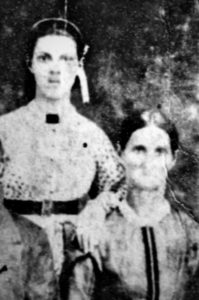
One spring, I and my wife Seija, our son , and granddaughter traveled to Missouri to see if we could find answers to some of these many questions. First, we wanted to track down the farm. A deed that Cousin Peggy and her mother, Ora, had found got us started. It told the survey coordinates, township, etc., of the 200 acres Chester and Susannah purchased. Before leaving home, I had googled and found an 1857 map of the county. (There are surprisingly many old map collections available online.) With the coordinates and map, we were able to pinpoint the location. Once there, Google maps navigated us to the site of their farm and gave us a satellite image, as well. Unfortunately, the wet spring had flooded the fields, and we were unable to walk ato the exact spot. We saw no modern buildings standing there today, but it was a beautiful place that must have spawned many dreams when Susannah, Chester, and their children arrived.
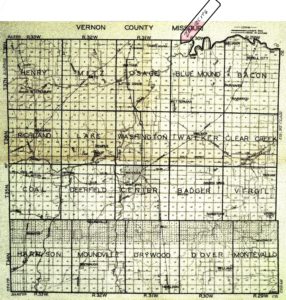
One of the most perplexing questions over the years was how Chester died. Did Bushwhackers kill him, as family stories told? When we visited the Bushwhacker Museum in Nevada, Missouri, the curator excused himself for a moment to the back room, and returned, much to my surprise, with boxes from Chester’s 1866 Probate proceedings. Among the papers was a note from a Dr. Boettinger that listed debts Chester owed for several doctor’s calls just before Chester died. Nowhere did I find the date of Chester’s death, but from the doctor’s receipts and the probate inventory I was able to narrow it to the year, almost certainly 1858.
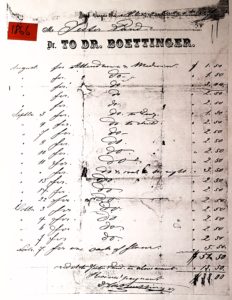
Marauders burned the farm, and after the war it was foreclosed – there was nothing left of it, nor of the nearby settlement Ballton, probably another Civil War casualty. But today, not far away, is Missouri Town, a living history museum of a settlement and its houses, set to the year 1855, just two years before the Lents moved to Missouri. Our visit to Missouri Town showed us how people, settlers, and probably Chester’s and Susannah’s family, too, lived at that time and place.
Not long after the family was safely over the border in Kansas, the three men in the family joined the Kansas Fifth Cavalry. I learned this by searching military records on Ancestry and other sites. I found they mustered at Fort Lincoln, only a few miles from their new home in Xenia. A Google search produced an old drawing of the fort. The three of them, Susannah’s son John W., and sons-in-law Richard Parmenter and James Williams, left for war. And more online searches produced detailed accounts of the Kansas Fifth’s activities during the war. Readily available Civil War records sometimes got the detail right down to individual battles.
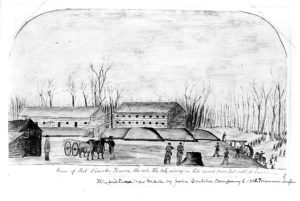
The nearest town of any size in Kansas was Fort Scott. It was a bustling Union Army town built around a fort that controlled and protected Union logistical lines as well as projected Union power into neighboring Missouri. This was where Susannah and her family traveled when they “went to town.” We found Fort Scott still well preserved, and the old fort under National Park Service care.
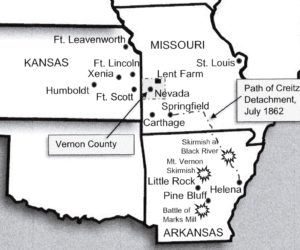
Susannah’s son, John W Lent, and sons-in-law, James Williams and Richard Parmenter, rode with the Kansas 5th Cavalry deep into Arkansas, a southern State. Their regiment was a crack outfit and engaged, sometimes daily, in actions. It was perilous. Only Richard returned home. John W. died from disease and James from wounds suffered at Marks Mill.